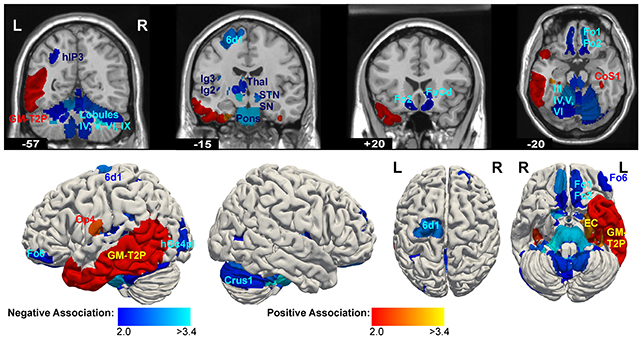# Bright galaxies put dark matter to the test
For the past year and a half, the James Webb Space Telescope has captured incredible images of distant galaxies that formed shortly after the Big Bang, offering scientists their first views of the early universe. Now, a team of astrophysicists has raised the stakes, challenging the theory of dark matter by urging the telescope to locate the smallest, brightest galaxies near the dawn of time.
The group, led by UCLA astrophysicists, conducted simulations to track the formation of small galaxies after the Big Bang, incorporating interactions between gas and dark matter that had previously been disregarded. They found that the galaxies formed were much smaller, significantly brighter, and developed more rapidly compared to typical simulations that did not account for these interactions, instead revealing much dimmer galaxies. Small galaxies, also known as dwarf galaxies, are spread throughout the universe and are believed to represent the earliest type of galaxy. These small galaxies are particularly intriguing to scientists studying the origins of the universe. However, the galaxies they discover do not always align with their expectations. Those closest to the Milky Way rotate faster or are less dense than in simulations, suggesting that the models may have overlooked certain factors, such as gas-dark matter interactions.
The new research, published in The Astrophysical Journal Letters, enhances the simulations by incorporating interactions between dark matter and gas. It suggests that these faint galaxies may have been much brighter than anticipated during the early stages of the universe, when they were just beginning to take shape. The authors propose that scientists should attempt to identify small galaxies that are much brighter than expected using telescopes like the Webb telescope. If only dim galaxies are found, some of their concepts about dark matter may be incorrect.
Dark matter is a hypothetical form of matter that does not engage with electromagnetism or light, making it impossible to observe using optics, electricity, or magnetism. However, dark matter does interact with gravity, and its existence has been inferred from the gravitational effects it exerts on observable matter. Although it is estimated that 84% of the matter in the universe consists of dark matter, it has never been directly detected. All galaxies are surrounded by a vast halo of dark matter, and scientists believe that dark matter played a crucial role in their formation.
The “standard cosmological model” used by astrophysicists to understand galaxy formation explains how clumps of dark matter in the very early universe attracted ordinary matter through gravity, leading to the formation of stars and the creation of the galaxies we see today. However, more than 13 billion years ago, before the formation of the first galaxies, ordinary matter and dark matter were moving relative to each other. The gas traveled at supersonic speeds past dense regions of slower-moving dark matter that should have pulled it in to form galaxies.
The team of researchers, including astrophysicists from the United States, Italy, and Japan led by UCLA physics and astronomy professor Smadar Naoz, found that when they introduced the effect of different velocities between dark and ordinary matter to the simulations, the gas ended up far from the dark matter, preventing immediate star formation. As the accumulated gas returned to the galaxy millions of years later, a burst of star formation occurred. Consequently, these galaxies had a higher number of young, hot, luminous stars than ordinary small galaxies for a time, causing them to shine much brighter.
Asserting that the Webb telescope will be able to identify brighter regions of the universe, heightened by this velocity, the researchers suggested that seeking these small galaxies in the early universe could provide an effective test for dark matter theories. The discovery of bright patches of small galaxies in the early universe would confirm that they are on the right track with the cold dark matter model. However, if dark matter does not behave according to standard cold dark matter and the streaming effect is absent, these bright dwarf galaxies would not be found, necessitating a reevaluation of existing theories.













